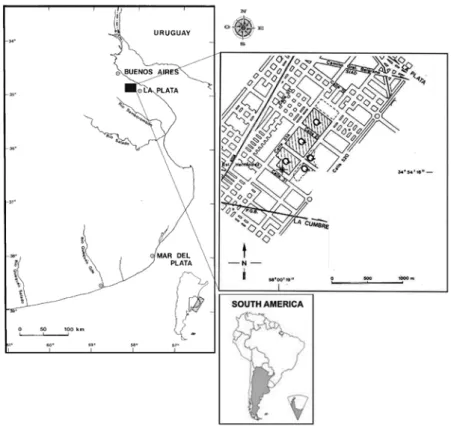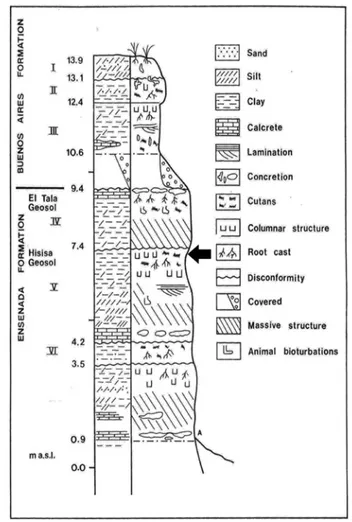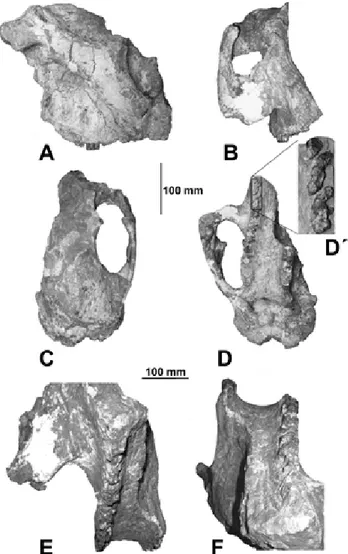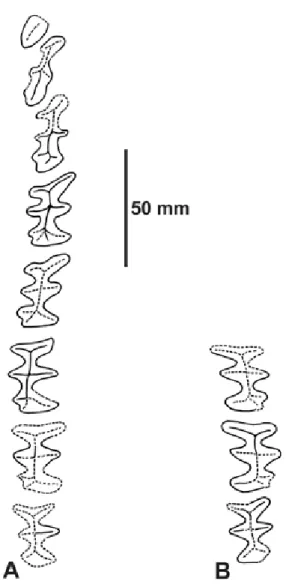An enigmatic and large-sized specimen of Panochthus (Glyptodontidae, “Panochthini”) from the Ensenadan (Early-Middle Pleistocene) of the Pampean region, Argentina
Texto completo
Figure




Documento similar
1. S., III, 52, 1-3: Examinadas estas cosas por nosotros, sería apropiado a los lugares antes citados tratar lo contado en la historia sobre las Amazonas que había antiguamente
This thesis presents a body of work on the modeling of and performance predictions for carbon nanotube field-effect transistors (CNFET) and graphene field-effect transistors
The arbitrary and differential nature of the linguistic sign and the non-correspondence of language and reality is the linguistic basis for the structuralist idea that all meaning
Since such powers frequently exist outside the institutional framework, and/or exercise their influence through channels exempt (or simply out of reach) from any political
First we infer the sequence of topological relations between the robot (seen as a region) and each region of its environment in order to navigate from one initial region to the
In the previous sections we have shown how astronomical alignments and solar hierophanies – with a common interest in the solstices − were substantiated in the
Díaz Soto has raised the point about banning religious garb in the ―public space.‖ He states, ―for example, in most Spanish public Universities, there is a Catholic chapel
naledi differs from Middle Pleistocene (MP) and Late Pleistocene (LP) Homo (here we include specimens sometimes attributed to the putative Early Pleistocene taxon Homo antecessor,